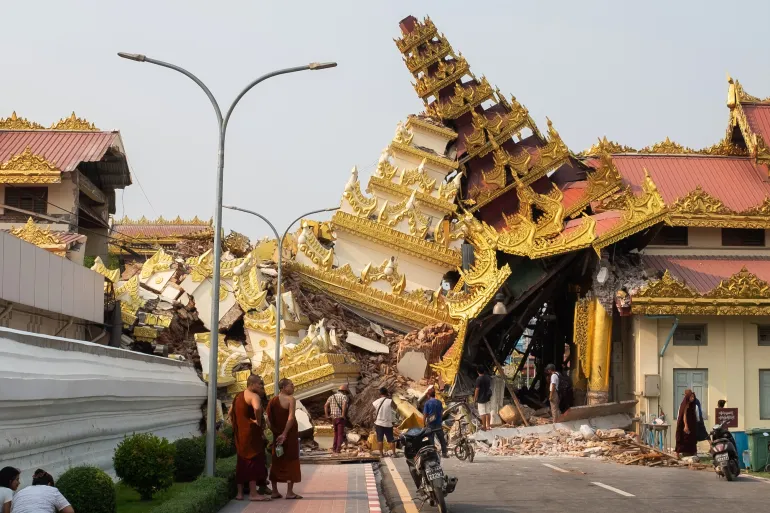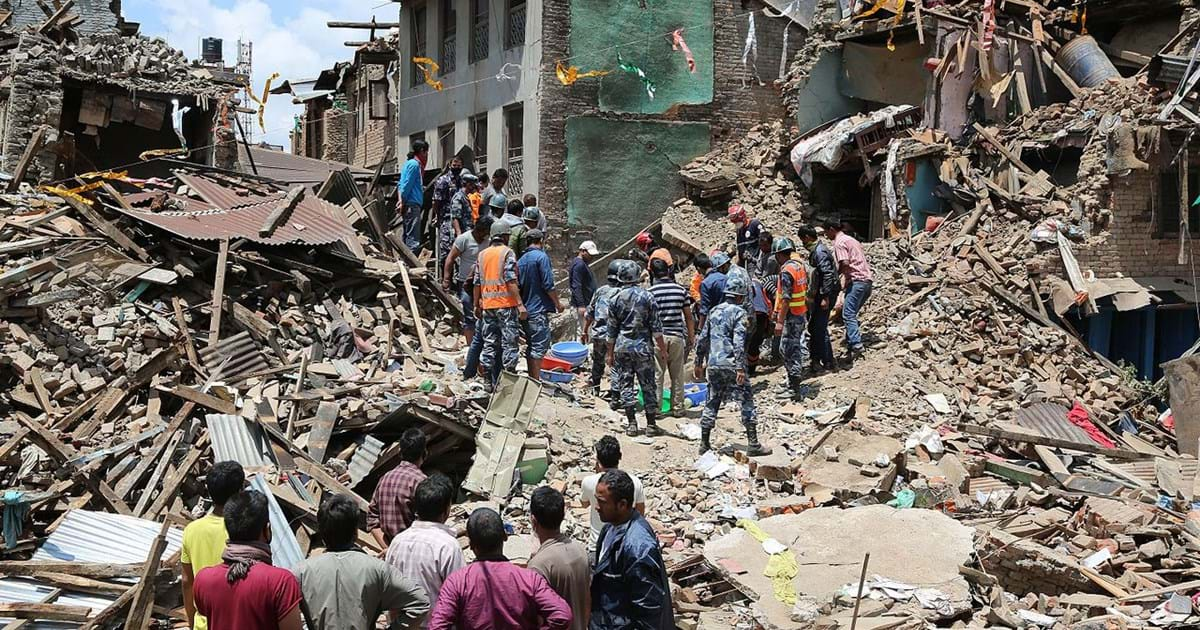Myanmar’s Earthquake and Nepal’s Lessons: Can Insurance Cover the Unfolding Crisis?

Myanmar’s recent 7.7 magnitude earthquake has left the nation reeling, with over 1,600 fatalities, thousands injured, and entire communities devastated. The tremors were felt as far as Bangkok, Thailand, leading to building collapses and widespread panic. The destruction is immense, with collapsed buildings, fractured roads, and critical infrastructure rendered unusable. The financial burden is expected to reach billions of dollars, raising a critical question: can Myanmar’s insurance sector absorb the losses, or will this disaster reveal the same vulnerabilities that once crippled Nepal in 2015?
Myanmar has a history of natural disasters, including severe storms and earthquakes, causing significant economic setbacks. Reports indicate that earthquakes alone contribute to roughly 11% of the nation’s annual economic losses. Despite this vulnerability, the penetration of insurance coverage remains minimal, leaving the nation financially unprepared to cope with such calamities. The lack of insurance awareness, coupled with limited access to affordable policies, exacerbates the financial burden on individuals and businesses in the aftermath of such disasters.
The economic implications of Myanmar’s earthquake are dire. Even before the earthquake, Myanmar’s economy was under strain due to internal conflicts, political instability, and previous calamities. The World Bank had already projected a GDP contraction for 2025, citing widespread displacement and food insecurity. Now, with industries disrupted, businesses shut down, and essential services affected, recovery is expected to be even more challenging. Rebuilding efforts will take years, and without adequate financial protections, progress could be painfully slow.
The recent disaster in Myanmar evokes memories of Nepal’s devastating 2015 earthquake. A 7.8 magnitude earthquake struck, caused over $5 billion in damages and insurance coverage barely made a dent in the recovery. With insurance penetration hovering at less than 5% at the time, much of the rebuilding process depended on international aid and government funds. Nepal’s financial sector struggled to cope, as the lack of pre-existing insurance policies meant that businesses and homeowners were left to rebuild from scratch. Myanmar risks falling into the same trap if it does not urgently reform its approach to disaster insurance.

The huge 7.8 magnitude earthquake was struck in Nepal in 2015.
However, there is still an opportunity for Myanmar to take corrective action. The insurance sector must be developed into a tool for resilience rather than an afterthought. Governments and financial institutions can work together to introduce mandatory disaster coverage for businesses and homeowners, ensuring that future calamities do not lead to complete economic ruin. International partnerships can help introduce affordable insurance solutions, while public awareness campaigns must highlight the importance of being insured against natural disasters in the future.
Insurance alone will not solve Myanmar’s immediate crisis, but it can be a fundamental pillar in preventing similar devastation in the future. As the nation begins the long process of rebuilding, it must recognize that financial resilience is just as critical as physical reconstruction. Learning from Nepal’s past, Myanmar has an opportunity to create a system where disasters do not mean total economic collapse. If changes are made now, the next major earthquake may not have to be a financial catastrophe.
